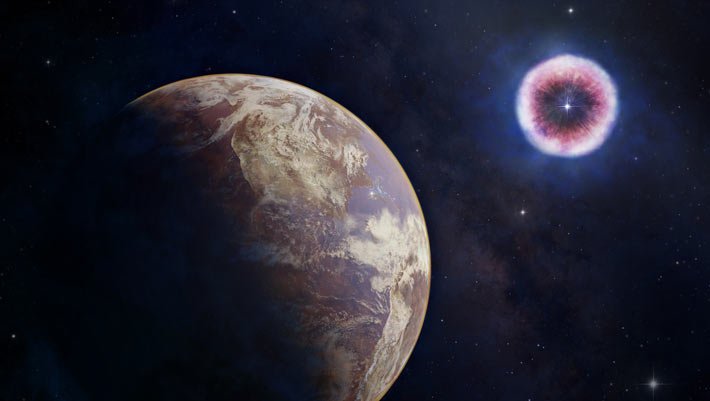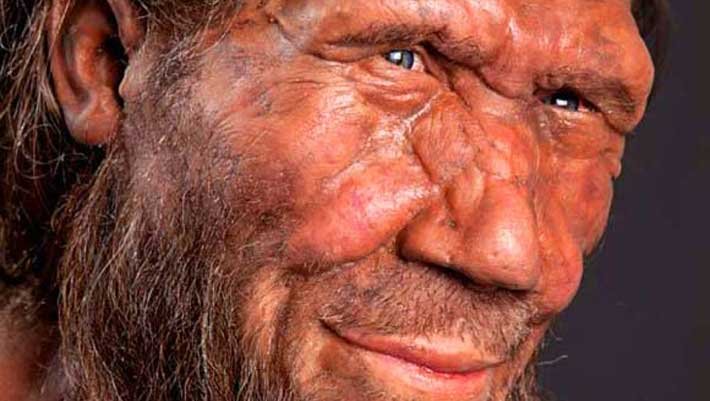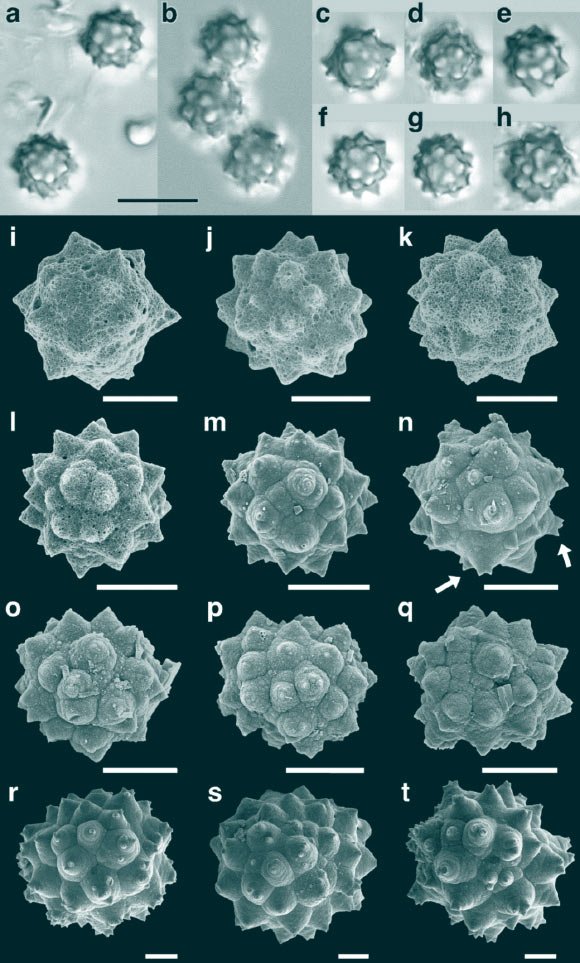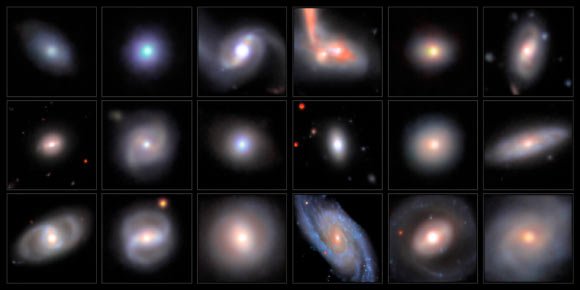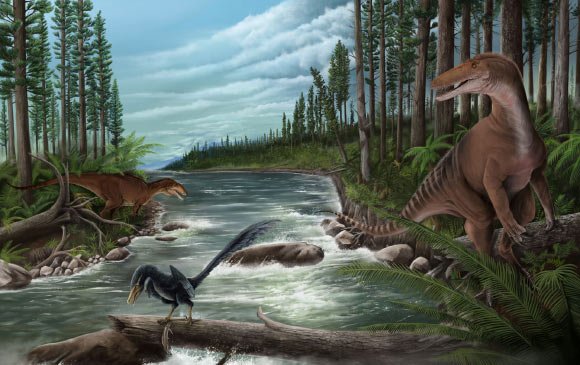This supernova event likely occurred in the Upper Centaurus Lupus association, a group of massive stars approximately 457 light-years away from Earth.

Illustration of an Earth-like exoplanet after X-ray radiation exposure. Image credit: NASA / CXC / M. Weiss.
Life on Earth is constantly evolving under continuous exposure to ionizing radiation from both terrestrial and cosmic origins.
While bedrock radioactivity slowly decreases on billion-year timescales, the levels of cosmic radiation fluctuate as our Solar System travels through the Milky Way.
Nearby supernova activity has the potential to raise the radiation levels at the surface of the Earth by several orders of magnitude, which is expected to have a profound impact on the evolution of life.
In particular, enhanced radiation levels are expected when our Solar System passes near groups of massive stars called OB associations.
The winds associated with these massive stellar factories are expected to initially inflate superbubbles of hot plasma, which can be the birthplaces of a large fraction of the core-collapse explosions taking place within the OB association.
The Solar System entered such a superbubble, commonly referred to as the Local Bubble, about 6 million years ago and currently resides near its center.
“The Earth entered the Local Bubble and passed through its stardust-rich exterior about 6.5 million years ago, which seeded the planet with the older iron-60, a radioactive form of iron produced by exploding stars,” said lead author Caitlyn Nojiri, an astronomer at the University of California, Santa Cruz, and colleagues.
“Then between 2 and 3 million years ago, one of our neighboring stars exploded with tremendous force, providing our planet with the other cohort of radioactive iron.”
When Nojiri and her co-authors simulated what that supernova was like, they found that it hammered the Earth with cosmic rays for 100,000 years following the blast.
The model perfectly explained a previously recorded spike in radiation impacting Earth around that time, which had been puzzling astronomers for years.
“We saw from other papers that radiation can damage DNA,” Nojiri said.
“That could be an accelerant for evolutionary changes or mutations in cells.”
Meanwhile, the authors came upon a study of virus diversity in one of Africa’s Rift Valley lakes.
“We can’t say that they are connected, but they have a similar timeframe,” Nojiri said.
“We thought it was interesting that there was an increased diversification in the viruses.”
The study was published in the Astrophysical Journal Letters.
_____
Caitlyn Nojiri et al. 2025. Life in the Bubble: How a Nearby Supernova Left Ephemeral Footprints on the Cosmic-Ray Spectrum and Indelible Imprints on Life. ApJL 979, L18; doi: 10.3847/2041-8213/ada27a







